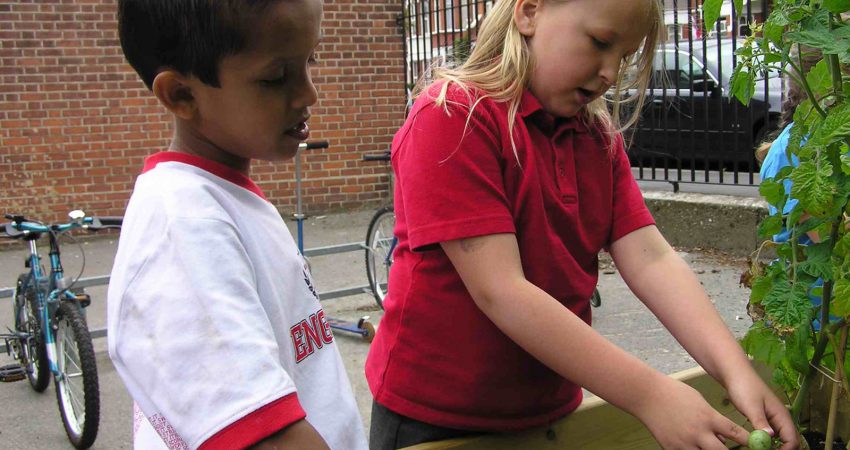
By Bronwyn Bevan - March 2011
PAPER CITATION
Hedegaard, M. (2010). Children's development from a cultural-historical approach: Children's activity in everyday local settings as foundation for their development. Mind, Culture, and Activity, 16(1), 64–81.
In this paper the author proposes a theory of development that integrates society, institutional practice and the child's activity. The goal of this theorizing is to inform efforts to create more developmentally supportive settings and opportunities for children. The proposed theory focuses on the everyday practices of children that take place in specific institutional settings (e.g., schools, afterschools, families) reflecting dominant cultural-societal views and arrangements. The paper provides a theoretical lens that could be of interest to educators who are seeking to understand how the particular affordances of the ISE setting can support children's development of interests and motives, especially with respect to science learning. The theory and the paper themselves are not specific to science.
The author provides a succinct overview of different views of development, spanning Piaget, ecological, and sociological views. For example, she describes how Piaget and Erickson understood development as occurring in stages, as a result of an interaction of innate biology and social settings. She notes that these views do not fully take into account the historically evolved norms, values, and power relationships that become instantiated in institutions (families, schools, museums, etc.) that dominate children's everyday lives and are the contexts in which they develop. Ecological systems theorists, like Bronfenbrenner (1979), viewed development as occurring through interactions in nested settings, spanning the immediate context in which children live to the larger social and political context which effect policies and norms that ultimately shape many other settings (he referred to these contexts as micro, meso, exo, and macro). Sociologists have shown how development is influenced by historical and political periods, for example Elder's studies of children of the Great Depression showed how a generation of children had different developmental outcomes (different views, attitudes, and patterns of behavior) Hedegaard suggests that the work of Bronfenbrenner and the sociologists, while appropriately stressing the power of the different settings on children's development, pay insufficient attention to the historical conditions for the development of these settings as well as to children's actual activities in the settings. She draws on the work of Vygotsky to expand on the role of the individual and their activity in institutional settings that are historically and culturally shaped.
The paper includes two mini cases examining how the institutional settings interplay with children's social interactions to support or hinder development. In the first example, a kindergarten-aged boy, who associates schools and schooling as "big kid" activity, rebels against the kindergarten teacher's desire to interact with him in what the young boy perceives as babying ways. The kindergarten teacher is enacting larger social views of what kindergarten is designed to do: to support, comfort, and engage young children emotionally and socially. Therefore when the boy becomes angry, the teacher's reaction is to try even harder to physically comfort the young child, which makes the boy that much more irate. In the second case, a young immigrant girl reports how her family's values, which impacted choices such as going on field trips, interfered with her ability to fully participate in school activities. The teachers and students found her social practices to go against the grain of what was expected in school. As a result the girl experienced school as alienating, and withdrew intellectually and socially.
These examples serve to highlight the ways in which the societal contexts, with their norms of behavior and power, interact with individuals and shape their development, and also how individuals interact in contexts and mutually shape them (e.g., in these cases create a tense kindergarten program or a cold classroom environment). Settings provide possibilities for development. The author postulates that social interactions are what mediate between the biological, the institutional and societal. She concludes that research should consider, among other things, the traditions of practice in the institutions of children's lives, the norms and values of educators in everyday practices with children. For researchers and educators in ISE settings, the theory that Hedegaard proposes can be used to guide the ways in which the ISE setting is described, researched, and considered as a context for learning and activity.
For further reading, see Bronfenbrenner, U. (1979). The ecology of human development: Experiments by nature and design. Cambridge, MA: Harvard University Press.




